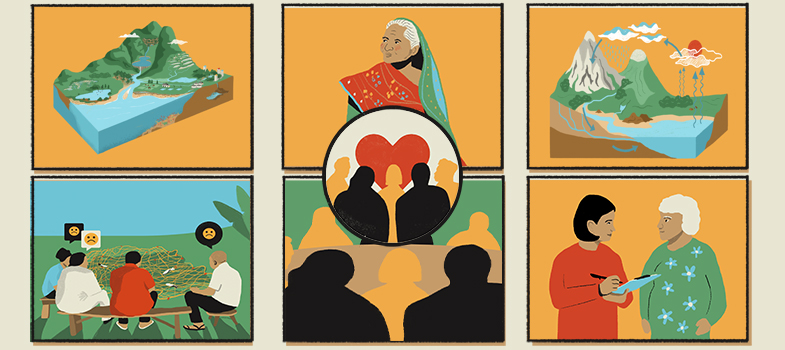Our relationship with water and wetlands
3. Our relationship with water and wetlands
Unfortunately, human activities, throughout history, have had negative impacts on water and wetlands which threaten the important benefits they provide to us and all life on earth. Since the 1970s approximately 35% of the world’s wetlands have been destroyed through drainage and conversion to agriculture or urban areas. The remaining wetlands and the water they provide have been degraded through pollution, water abstraction, water diversions and resource extraction. Inappropriate agriculture, industry and urban areas disrupt the natural water dynamics of wetlands, negatively impact water quality through solid waste and wastewater pollution and diminish them through unsustainable extraction of food products and resources such as timber, peat and soil. As a result of human activities, the planet is experiencing climate change and biodiversity loss crises. For example, freshwater dependent populations of wildlife species have declined by 84% since 1970. This obviously has had a direct impact on water and wetlands and the benefits they provide for us and for wildlife.
To change this downward decline, we need to change how we have been approaching agriculture, industry and urbanisation. We need to come together as communities to identify and share best practices in wetland and water management to avoid negative impacts on the wetlands and water we rely on.
This video, by IWMI, provides an example of the urban wetlands of Colombo, Sri Lanka and the relationship they have with the people that live and work in the city.
Now, after having finished this book, make sure to go back to the main page and complete activity 1.
